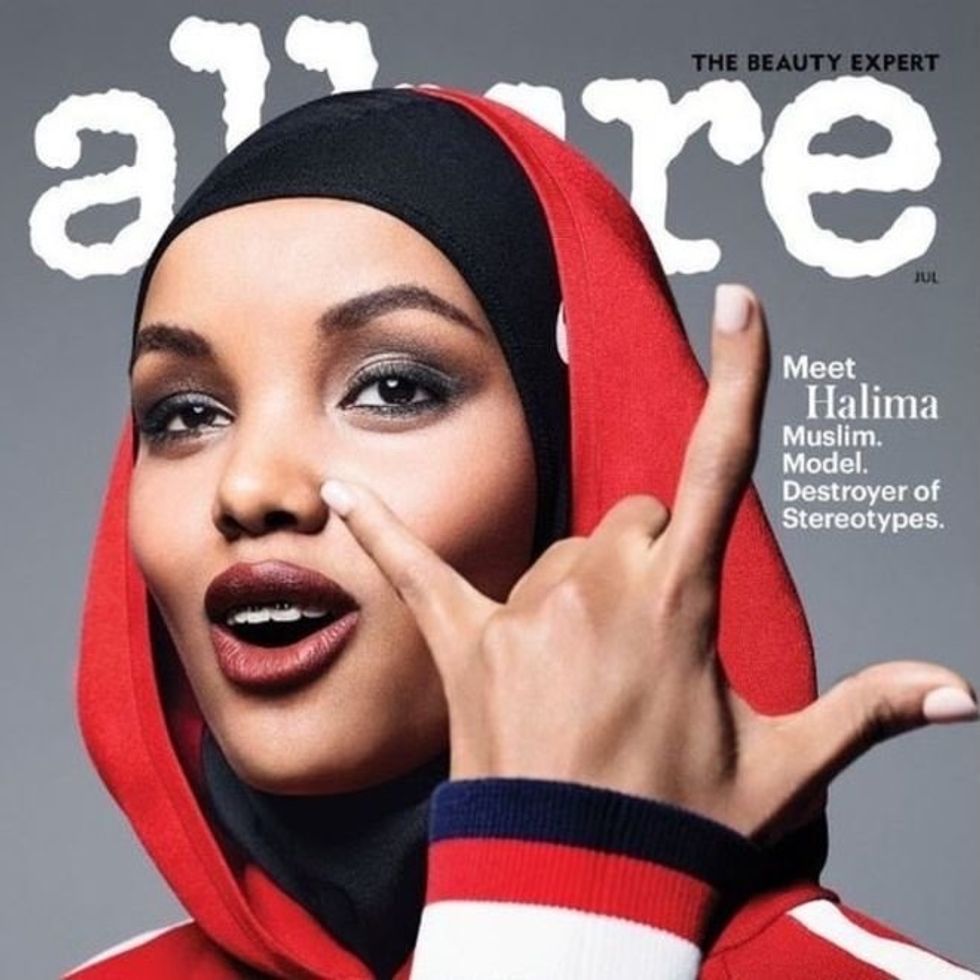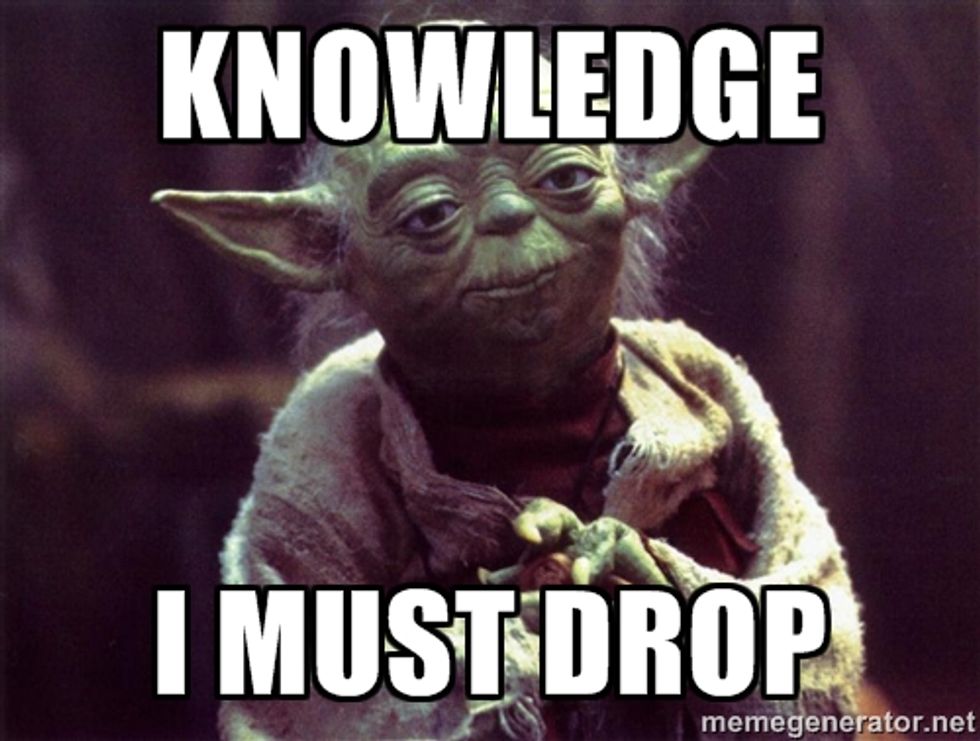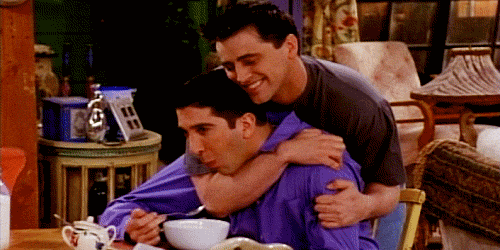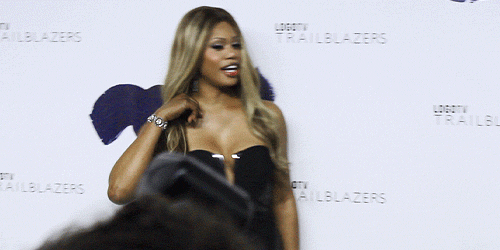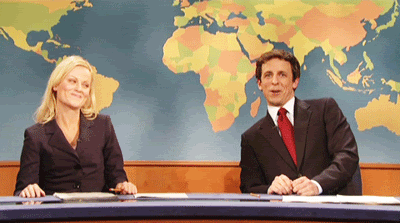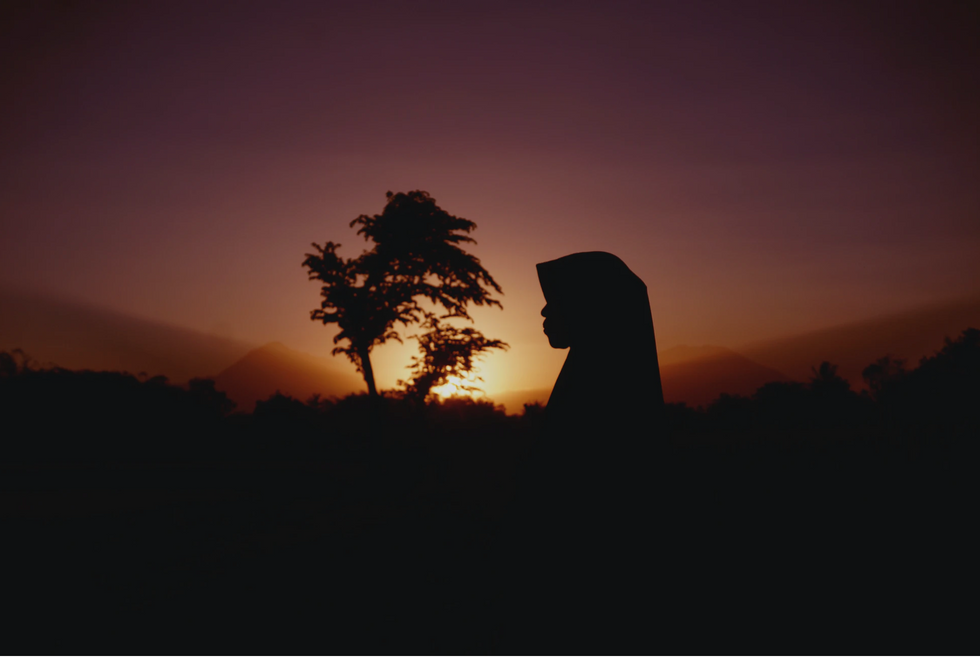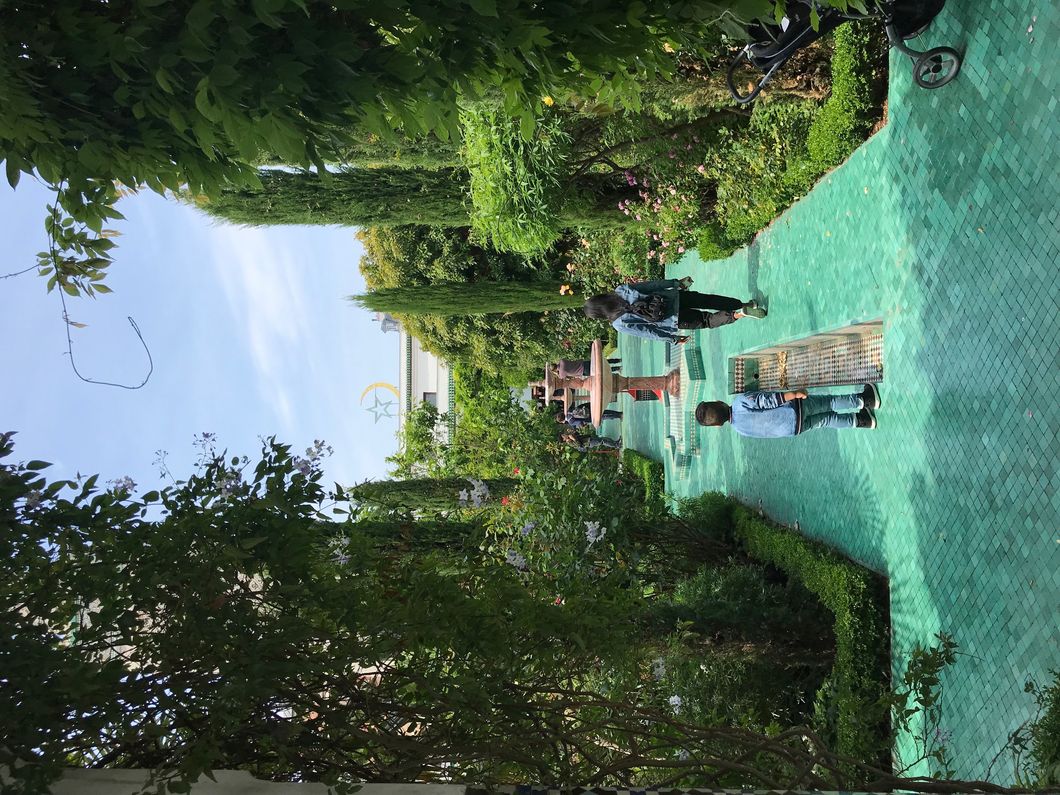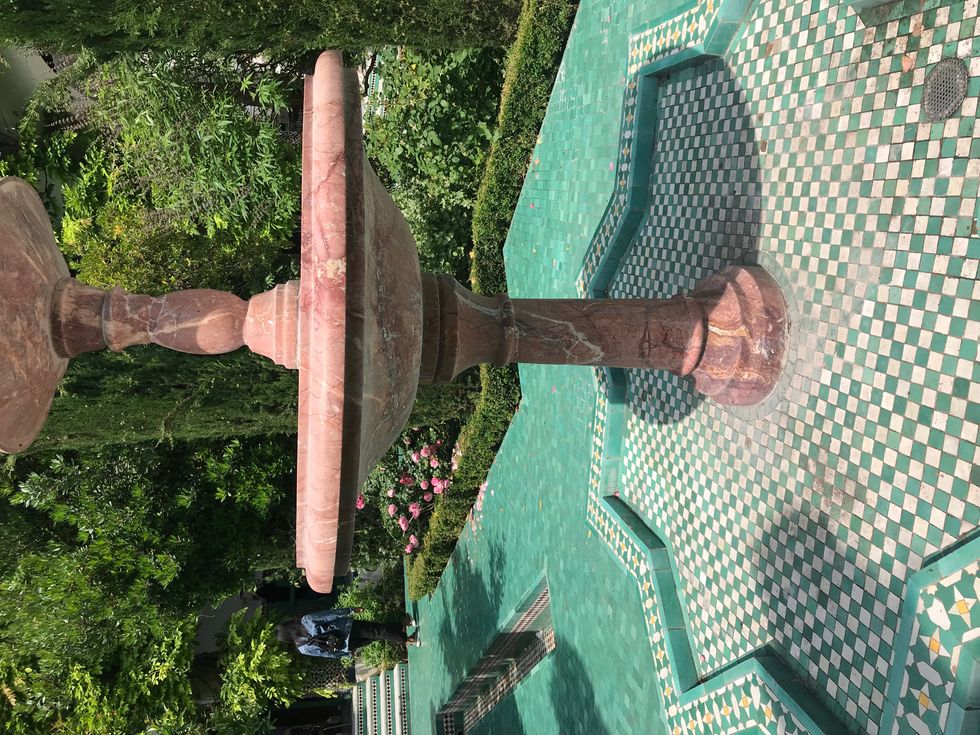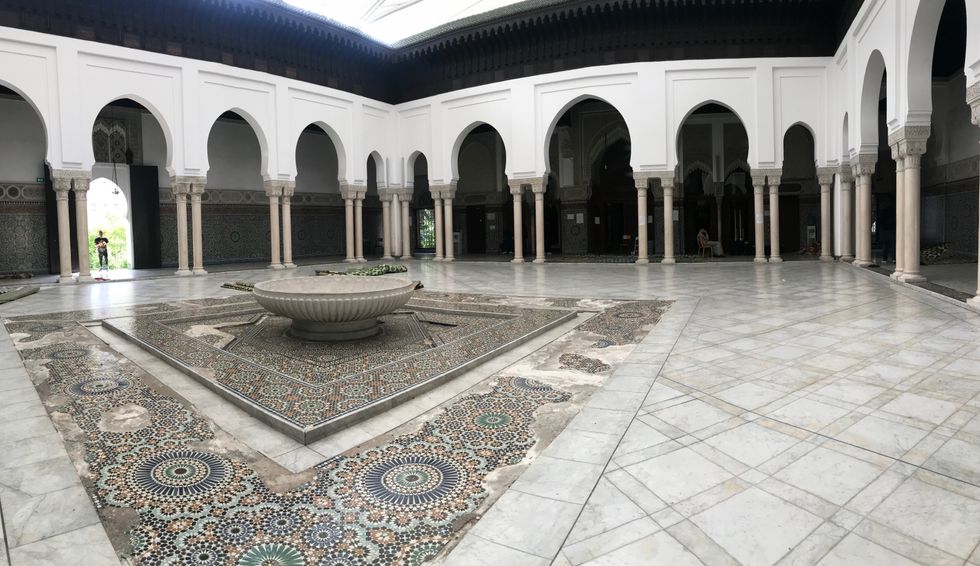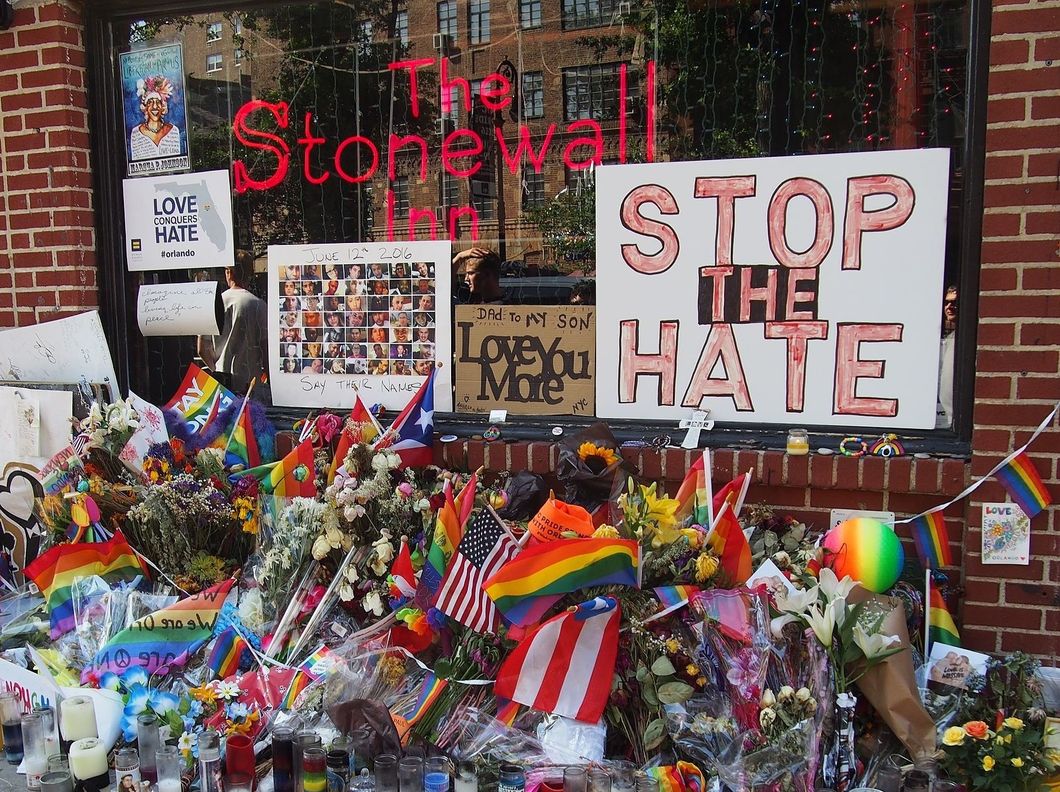Embracing Modest Fashion: The Great Cover Up
Examining how social media and the rise of the modest fashion movement have helped evolve and define Muslim women's social and cultural narrative.
The basic philosophy behind the hijab is that women should cover their bodies in the company of men outside of the family, as to not flaunt themselves. Although not practiced by some Muslim women, for many, wearing the hijab has become part of their core identity. For them, the ability to be who you are without reservation is liberating. The Islamic hijab is one of the basic and important principles; however, the use of the word "hijab" itself it a modern convention. The Quran does not explicitly mention the word when referring to how a woman should dress. Instead, "hijab" was used to illicit images of curtains or barriers. The word "satr" was used by ulama to describe a women's modest garb(Muṭahharī). Today, hijab is used to describe modest dress that range from headscarf to loose clothing or veil. However, because of the original connotations of the word hijab, when used today, gives the word an oppressive and confining undertone and although intended to be empowering, the hijab has also become a symbol of oppression. The burkini, for example, was met with a global outcry when it was banned from French beaches last summer. The full-piece Islamic swimsuit was outlawed after bizarre links to terrorism (McKenzie). It is certainly true some the practices associated hijab are coerced as apparent in Afghani women under the Taliban rule, however this is not the norm. Likewise, the term "modest fashion" does not come without stigma, as it is usually associated with Muslim women adorned black garbs from head to toe. This points to that fact that the standards of first world women have often been used as the superior norms against which third world and non-western women are often measured. Western ideals have again and again been imposed on the rest of the world. Nonetheless, what we wear, and drink is not a proper marker of women's rights or the modernity of a society.
Modest Fashion can help define a woman's social and cultural narrative. The Modest Fashion Movement is focused on reshaping the perception of 21st-century Muslim female identity. Indonesian fashion designer, Anniesa Hasibuan, made history last September during New York Fashion Week. Her show debuted an all-immigrant cast of hijab-clad models."I believe fashion is one of the outlets in which we can start that cultural shift in today's society to normalize the hijab in America and other parts of the West, so as to break down stereotypes and demystify misconceptions" she argued (Hasibuan). Soon many more modest fashion showcases such as Arab Fashion Week, based in Dubai and Jakarta Fashion Week, held in Indonesia have become institutionalized across the globe. Retailers have also caught on to the growing demand of modest wear. Brands including Mango, DKNY, H&M, and Dolce & Gabbana have either launched Ramadan collections or featured a hijab-wearing model in their campaign. Most notably, earlier last year, Nike released its Pro Hijab, helping Muslim female athletes compete more comfortably (Valanejad). In the Nike Pro Hijab campaign video, a woman in a Pro Hijab emerges from her home starting on a run and into the town's main shopping area. She is met with glares from various elders with the voice-over reading "What will they say about you? That you shouldn't be out here? That it's unladylike? That you're not built for this? Or maybe…" The camera then pans to a montage of various female athletes, boxing, swimming, and playing soccer with the voice-over continuing "They'll say you're strong. That you can't be stopped. That you always find a way. That you make it look easy. That you make it look…good." The video ends on a shot of a young girl in ice skates nervously stepping into an ice rink with the voice-over adding, "Or maybe…they'll say you're the next big thing" (YouTube).Since then, Nike has received both backlash and praise for its Pro Hijab and its campaign. The opposition claims the product, and therefore the brand, supports the oppression of women. On the other hand, many has applauded the brand for its movement towards diversity and catering towards a growing minority (What took you so long, say Muslim athletes about Nike's hijab).
Modest fashion has had an interesting journey in Indonesia particularity, a main reason being the country's history. Indonesian women did not historically wear head coverings until quite recently. For the past 70 years, the government had promoted a regime of repressing Islamic beliefs and practices. Following president Suharto's resignation, Modest fashion skyrocketed as a critique of the previous regime, therefore the popularity of modest dress in Indonesia is not a return to tradition but rather a movement towards it. Young, educated women in Indonesia don their pious yet fashionable garb as a sign of being cosmopolitan and forward-thinking. Because modest Muslim attire was not historically an element of the religious practices of the country, women now wear it as an expression of modern identity that is consistent with a nation's progress. In addition, modest fashion wear in Indonesia makes a point to incorporate colorful patterns and designs rather than bland, dark clothing in order to offset what they saw as an oppressive Middle-Eastern culture on a very tolerant, multicultural Indonesia (Bucar).
Today diversity and individuality is celebrated and social media has been a key platform for people to express themselves. Modest fashion began to gain media attention in 2014 with the emergence of the millennial blogger or 'Generation M'- Millennial Muslims who assert that faith and modernity are not mutually exclusive. These young Muslims strive to don their religion with pride but also feel included in societies around them (Sherwood). They exhibit both western branding and traditional values, and don't believe they need to compromise one for the other. Many young Muslim women had taken to the Internet to share their frustrations about limited fashion choices and to provide advice on how to turn revealing clothing items into something more discreet. The result was the growth and recognition of the modest-fashion movement. In addition, a new generation of religious-lifestyle bloggers, influencers, and "fashionistas" from developed. On proving that dressing conservatively could go hand in hand with being on fashion-forward, they have invalidated the notion that modest dressing is inconsistent with being on trend.
Continuity and change are simultaneously present in the Modest fashion Movement through new ways to be both modest and pious. There is the beauty of appreciating diversity the hijab in the fashion scene, but there is also a danger of trivializing it so much where it's turned into a just trend or gimmick. An example of this is when Gigi Hadid, a very Caucasian supermodel, was sported a jewel-encrusted veil on Vogue Arabia's front cover. She was adamantly criticized for cultural appropriation and religious offence (Holt). Another criticism of the movement I would like to mention is that much of its advertising incites the narrative of breaking stereotypes. Most Muslim women just look forward to a time where the media normalizes Muslim women and not constantly make them some sort of political or social statement. Many would also argue that modest dress in Muslim countries resulted from attempts to politically control women. Male elites have used women's political and social narrative to further their own political agendas that have had little to do with actually improving the lives of women (Lawrence).
Sources
Bucar, Elizabeth. "How Muslim Women Use Fashion To Exert Political Influence." The Atlantic, Atlantic Media Company, 1 Feb. 2018, www.theatlantic.com/international/archive/2018/02/....
Holt, Bethan. "Is It Controversial That Gigi Hadid Wore a Veil on the Cover of Vogue Arabia?" The Telegraph, Telegraph Media Group, 3 Mar. 2017, www.telegraph.co.uk/fashion/people/controversial-g....
Lawrence, Bruce B. Shattering the Myth: Islam beyond Violence. Princeton University Press, 2000.
McKenzie, Sheena. "French Mayors Maintain Burkini Bans despite Court Ruling." CNN, Cable News Network, 29 Aug. 2016, edition.cnn.com/2016/08/29/europe/french-mayors-refuse-lift-burkini-ban/index.html.
Muṭahharī Murtaz̤á. On the Islamic Hijab. International Publishing Co., 2002.
NikeWomen, director. YouTube. YouTube, YouTube, 17 Feb. 2017, www.youtube.com/watch?v=9BAeEbz_TVE.
Sherwood, Harriet. "Meet Generation M: the Young, Affluent Muslims Changing the World." The Guardian, Guardian News and Media, 3 Sept. 2016, www.theguardian.com/world/2016/sep/03/meet-generat....
Valanejad, Azadeh. "More Is More: The Rise of the Modest Fashion Movement." The Hive, Vanity Fair, 26 May 2017, www.vanityfair.com/style/2016/11/the-rise-of-the-m....
"What Took You so Long, Say Muslim Athletes about Nike's Hijab." NBCNews.com, NBCUniversal News Group, www.nbcnews.com/business/consumer/nike-s-hijab-pro....
Young, Sarah. "New York Fashion Week: Hijabs Hit the Catwalk with Immigrant-Only Show." The Independent, Independent Digital News and Media, 16 Feb. 2017, www.independent.co.uk/life-style/fashion/new-york-....

